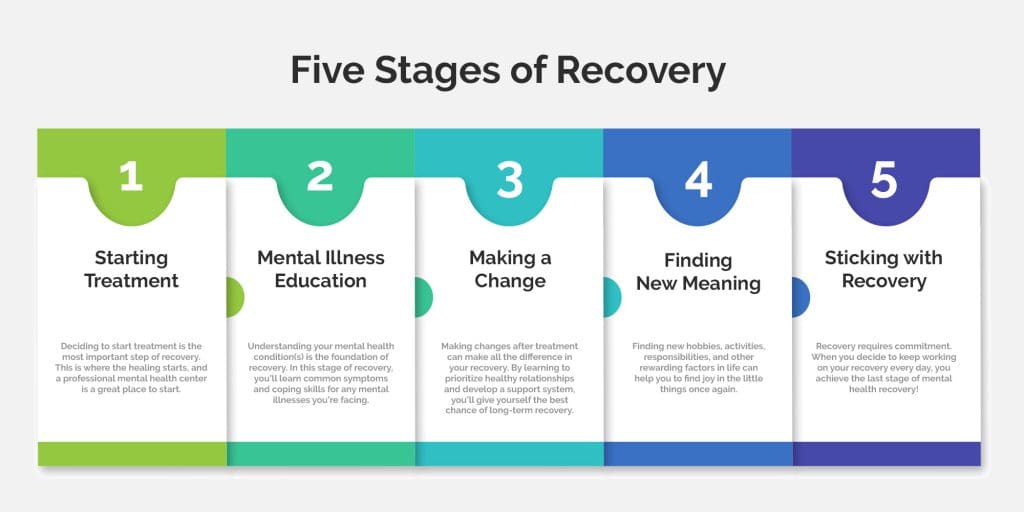Well-being at Work: Integrating Mental Health Support into Your Organizational Culture
Mental health for employees in the workspace expands well beyond taking a one-week vacation. Historically, mental health was often neglected, leading to untreated mental illnesses and a lack of support.

Mental health for employees in the workspace expands well beyond taking a one-week vacation. For centuries, mental health was not managed in a civilized way and therefore led to mental illnesses being left untouched. (UH Pressbooks).
We will explore strategies organizations and companies can implement to support mental health. We will also highlight Safespace, an inclusive online space providing the tools and resources for employees to feel heard, and valued in the workspace.

What is Mental Health and How You Can Help
According to the Centers for Disease Control and Prevention, “Mental health includes our emotional, psychological, and social well-being. It affects how we think, feel, and act. It also helps determine how we handle stress, relate to others, and make healthy choices.”
Some cultures believe mental health isn't relevant, for example, according to Mass General Brigham McLean, "University of Maryland study examined the mental health needs of young Asian American adults. Study participants were either born in India, Cambodia, China, Indonesia, Korea, Taiwan, Thailand, or Vietnam or recently immigrated from those countries. The researchers learned that these individuals faced a range of pressures and problems that discouraged them from seeking help for mental health concerns. Some said they felt tremendous pressure to be academically or professionally successful. To stay focused, they ignored or denied symptoms. Others cited cultural concerns. They explained that mental health was a taboo topic in their communities.”
Here are some key ways companies and organizations can help:
Provide a Mental Health Overview
The topic of concern should be addressed by a licensed professional and if the discussion of the topic is optional, no one will participate, therefore, making it mandatory for employers to first understand what mental health is and what the signs are, the sooner employers will reach out.
Providing a Seamless Communication Platform
One of the most common HR challenges to date is monstering productivity and performance in the workspace (recrutee). HR being accessible on foot or over the phone may sound practical, but for the employee, it may not seem like the best way to address specific concerns, therefore, this is where SafeSpace plays an important role.

SafeSpace makes the communication route between HR and employee a seamless process. The employee receives a QR code from their organization, the employee is then given the option to open the SafeSpace app through a non-work device. Lastly, the employee can choose "Report an Incident" followed by questionnaires.
Making it Available in the Healthcare Plan
Seeking a licensed professional can be expensive to the average individual, this is why it is important to include counseling or therapeutic access available in the Healthplan.
Onsite Meditation and Mindfulness Exercises and Other Workspace Events
Participating in mindfulness exercises is crucial for staying in the moment, especially in the presence of social media. For individuals, it can be challenging to stay in the moment and enjoy the small things. With meditation exercises, the employee will learn to take a deep breath and wipe out overwhelming and even negative thoughts.
Remember: Investing in employee well-being is not only a moral imperative but also a strategic business decision.

Discover how SafeSpace can transform workplace culture into one where everyone feels empowered to speak up and contribute to the organization’s success. Reach us through Contact Us.




